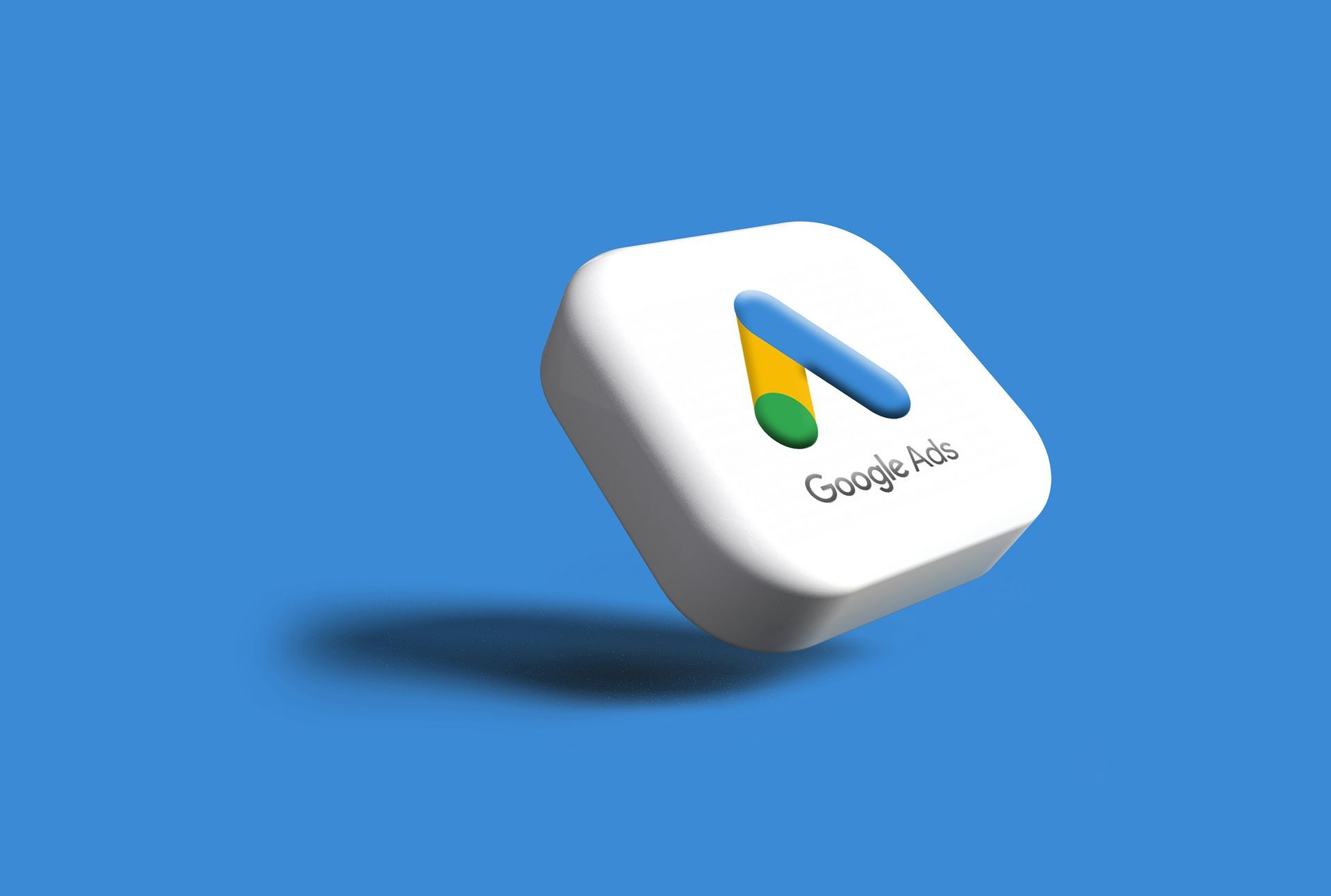Why Does Brand Storytelling Matter? Crafting Narratives that Resonate with Your Audience

In a world overflowing with information and advertisements, brand storytelling is the key to standing out and making a lasting impression. More than just a marketing buzzword, brand storytelling helps connect your business with customers on a deeper emotional level. It’s the art of crafting narratives that resonate, inspire, and build lasting loyalty.
Curious about enhancing your brand’s storytelling strategy? Marcom.eu offers a free quote and the opportunity to schedule a comprehensive demo to see how we can elevate your marketing communication.
What is Brand Storytelling?
Brand storytelling is the practice of using narratives to communicate the essence, values, and mission of your brand. It goes beyond promoting products or services and focuses on telling authentic stories that engage your audience emotionally.
Instead of hard-selling, brand storytelling focuses on:
- Creating emotional connections
- Building trust and authenticity
- Highlighting your brand’s journey, challenges, and successes
With effective storytelling, your audience doesn’t just buy your products; they buy into your brand’s mission and values.
Why Brand Storytelling Matters
1. Creates Emotional Engagement
People remember stories far better than facts or statistics. An emotional story can captivate your audience, making your brand more memorable and relatable.
2. Builds Trust and Authenticity
In an age where consumers value transparency, authentic storytelling helps establish trust. Sharing real stories about your brand’s challenges and successes creates a sense of genuineness.
3. Differentiates Your Brand
In competitive markets, storytelling sets you apart. While competitors may offer similar products, your unique story makes your brand stand out.
4. Increases Customer Loyalty
Stories create long-term connections. When customers feel emotionally tied to your brand, they are more likely to remain loyal and become advocates.
5. Simplifies Complex Ideas
Storytelling helps break down complicated concepts into digestible, relatable narratives. This is especially valuable for industries with complex products or services.
Want to learn how storytelling can differentiate your brand? Request a free quote at Marcom.eu today!
Elements of a Compelling Brand Story
A great brand story is more than just a timeline of events. It includes these essential elements:
1. Authenticity
Your story must be genuine and true to your brand’s values. Audiences can easily spot insincerity, so stay authentic.
2. Relatable Characters
Every story needs relatable characters—whether that’s your founders, employees, or customers. Real people make your narrative engaging.
3. Conflict and Resolution
Good stories have challenges and resolutions. Share how your brand overcame obstacles and achieved its mission.
4. Emotional Connection
Appeal to emotions such as hope, inspiration, or empathy. Emotional stories are more likely to be remembered and shared.
5. Clear Message
Ensure your story conveys a clear message or moral that aligns with your brand values.
How to Craft a Powerful Brand Story
1. Know Your Audience
Understand who your target audience is and what resonates with them. What challenges do they face, and how can your story connect with those challenges?
2. Define Your Brand’s Purpose
Why does your brand exist? Define your mission and values clearly so your story aligns with them.
3. Share Your Origin Story
Every brand has a beginning. Share how your business started, the hurdles you faced, and the milestones you achieved.
4. Use Visuals and Multimedia
Incorporate visuals, videos, and interactive content to make your story more engaging and dynamic. Visual elements add depth to your narrative.
5. Consistency Across Platforms
Ensure your brand story is consistent across all communication channels: your website, social media, emails, and ads. A cohesive story reinforces your message.
Need help crafting your brand story? Schedule a free demo with Marcom.eu to see how we can bring your narrative to life.
Examples of Successful Brand Storytelling
1. Nike: Just Do It
Nike’s storytelling focuses on empowering athletes and overcoming challenges. Their campaigns feature real stories of perseverance and achievement.
2. Apple: Think Different
Apple’s story highlights creativity, innovation, and challenging the status quo. Their campaigns celebrate pioneers and visionaries.
3. Airbnb: Belong Anywhere
Airbnb uses stories of travelers and hosts to emphasize a sense of belonging and community worldwide.
These brands use storytelling to create powerful emotional connections that go beyond products.
Integrate Storytelling into Your Marketing Strategy
Incorporating storytelling into your marketing can be transformative. Here’s how to start:
- Content Marketing: Share customer success stories, employee interviews, and brand milestones.
- Social Media: Use platforms like Instagram, Facebook, and LinkedIn to tell visual and written stories.
- Video Marketing: Create short films or testimonials that highlight your brand’s journey and impact.
- Email Campaigns: Use newsletters to share behind-the-scenes stories and company updates.
Marcom.eu can help you develop a storytelling strategy tailored to your business needs.
Why Choose Marcom.eu for Brand Storytelling?
At Marcom.eu, we specialize in creating authentic, compelling narratives that elevate brands. Our services include:
- Content Strategy Development
- Video and Visual Storytelling
- SEO and Social Media Integration
- Personalized Marketing Campaigns
Ready to unlock the power of storytelling for your brand? Request a free quote or schedule a detailed demo today!
Conclusion
Brand storytelling is a powerful tool that creates emotional connections, builds trust, and sets your business apart. By crafting authentic narratives that resonate with your audience, you can drive engagement and build lasting customer loyalty.
Partner with Marcom.eu to create stories that inspire and captivate. Get a free quote and start your storytelling journey today!
ALL OUR OTHER NEWS:







